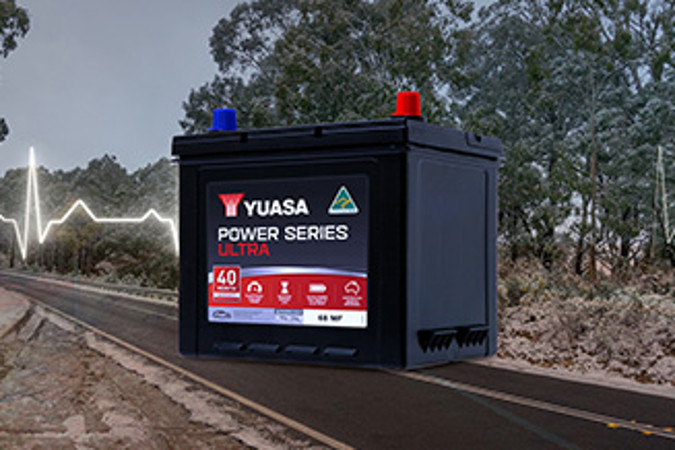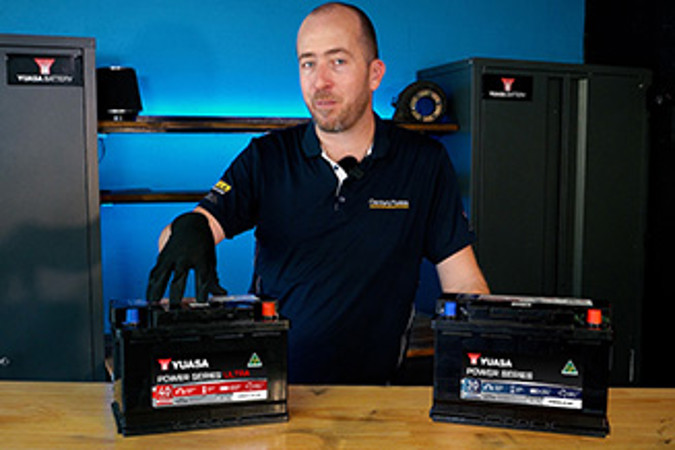To begin with, let’s start out with a rating some of you may know already – CCA or Cold Cranking Amps. This is the measurement of the battery’s ability to deliver current over a 30-second time period whilst also maintaining a minimum of at least 7.2 volts. The test is performed at a temperature of -18 degrees celsius… so all you need to know here is CCA is a rating you can use to compare how a battery performs in severe cold starting conditions. Starting your car in the Australian alps, in winter, at 4am in a blizzard – negative 18 is pretty much a temperature you’ll never encounter in this country. But, it is still an indication that you can use to compare the starting power of one battery to another.
In many respects, MCA or Marine Cranking Amps is a much more relevant test. It is essentially exactly the same test that is performed for CCA, except it is tested at 0 degrees Celsius, instead of negative 18. And that is why the MCA rating is always higher – the chemical reactions which are taking place within the battery speed up the warmer it gets. As the name suggests, Marine Cranking Amps is a rating used almost exclusively for boat batteries.
Another rating you’ll see is RC or Reserve Capacity. This measures the amount of time in minutes that a fully charged battery can deliver 25 amps of power, without dropping below 10.5 volts (or 1.75 volts per cell). This test defines the length of time you could theoretically drive a vehicle after its charging system has failed, and the vehicle is instead relying on the reserve capacity of the battery to power everything. This battery has an RC rating of 55, giving you almost an hour of power in that situation.
Next up, the Ampere Hour or Ah rating is slightly more confusing. This rating represents the steady flow of current the battery will deliver for a period of 20 hours, without dropping below 10.5 volts, or 1.75 volts per cell. A simpler way to think of this is, a battery with a 100Ah rating can deliver 5amps of current over a 20 hour period. You can also substitute these figures so long as they still multiply together to equal the Ah rating. So instead of 5 amps over 20 hours, it could be 10 amps over 10 hours, or 20 amps over 5 hours. You can use these figures to work out how many hours you can run your 10-amp camping fridge, or 5-amp lighting setup. Or just enter the details of your electrical equipment into this handy calculator on the Yuasa Batteries website to work out how many Ampere Hours you need.
So the next time you’re in the market for an automotive starting battery, a battery for your boat or even a deep cycle battery for your next camping trip away – you’ll be a bit more educated when it comes to how these things are rated, and it might just help you choose the best one to suit your needs.
 Homepage
Homepage
 Homepage
Homepage


